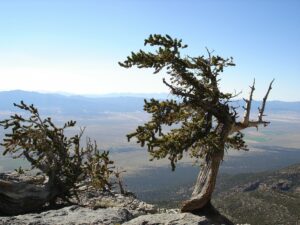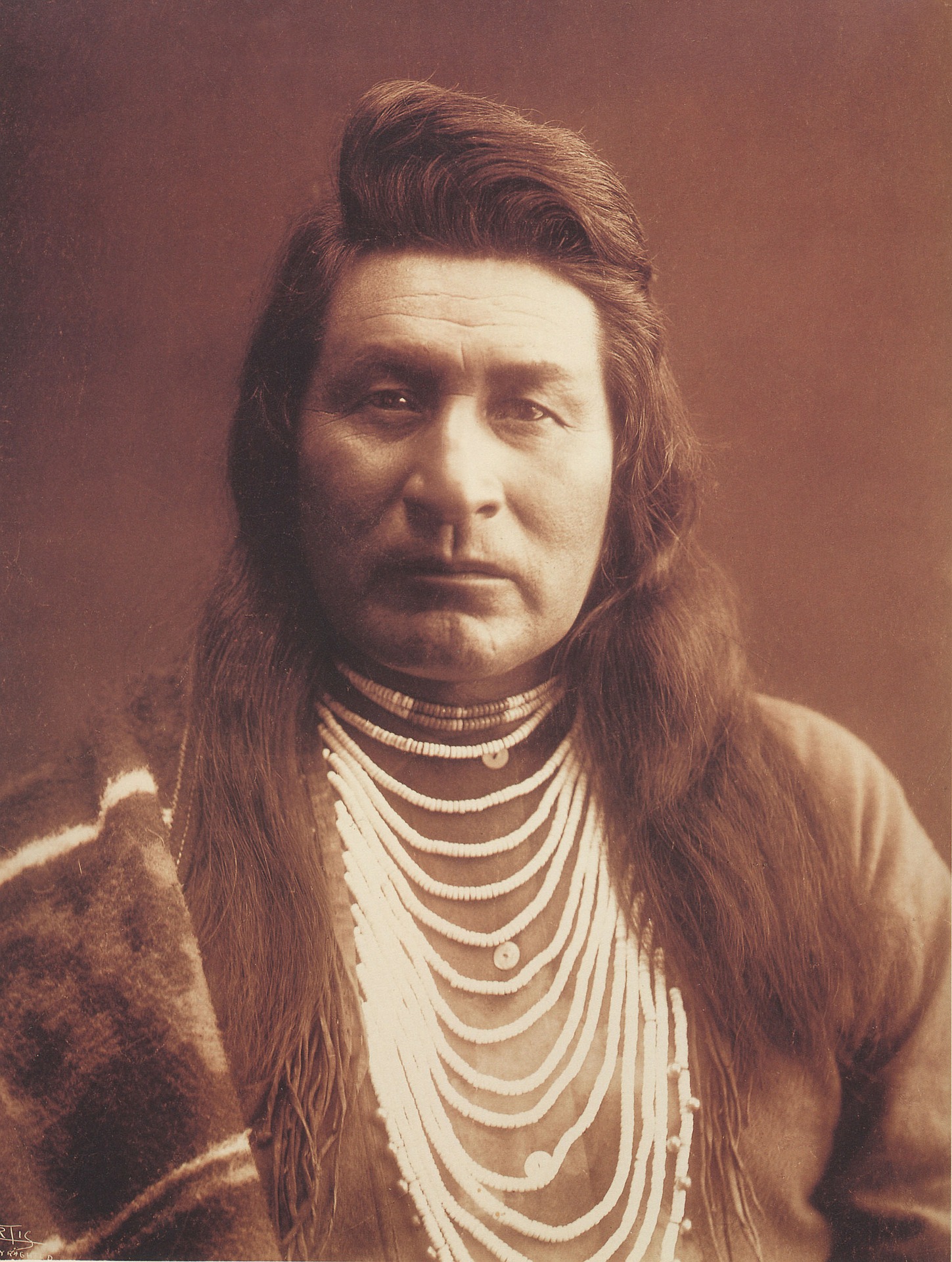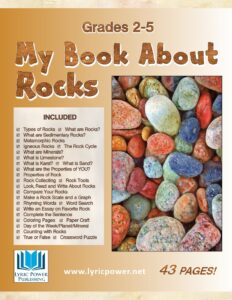The day after Thanksgiving is National Native American Heritage Day. Legislation was passed to commemorate Native Americans and encourage people to learn more about the cultures of the people native to this continent. However, a recently published study showed that we can learn much more from Native Americans, who well-preserve their lands and the habitats of the animals that live on them.
Above image of a Native American Man, possibly taken in 1899, is courtesy of David Mark of Pixabay.

Even though this study was done in Australia, Brazil and Canada, I bet it would be true in other lands, too, including here in the U.S. The article, The Vertebrate Biodiversity on Indigenous-Managed Lands in Australia, Brazil, and Canada Equals that in Protected Areas, is linked here.
Habitat loss due to non-native human development has resulted in losses of species at such a level it is being called a “Sixth Mass Extinction.” Many countries haven’t managed to protect land as agreed in existing international treaties. The authors of the above study explored whether land management could be enhanced through partnerships between indigenous communities and government agencies. They found that the indigenous-managed lands had more vertebrate species than protected areas in all three countries. Interestingly, the indigenous-managed land also supported more threatened species. The authors suggest that partnerships with indigenous-managed lands would help the countries in reaching their goals for biodiversity conservation.
This article did not surprise me. I drove a friend around the Salt River area of Arizona. She was looking to buy some land for a house to retire in. As we drove through the San Carlos Apache Reservation, we noted the forest was healthy and very attractive. My friend was delighted since the plot she was interested in was just outside the reservation. However, as soon as we crossed the border, the quality of the land deteriorated rapidly. It was obvious the Native Americans were much better stewards of the land.
Unfortunately, as with Native American heritage, the wisdom of their environmental conservation practices is either lost or ignored by us. Let’s celebrate Native American Heritage Day and commit to partnering with indigenous people in protecting the land before it is lost forever.
Book Note: Conservation of land and animals is a subject dear to my heart. Please take a look at the books in the Conservation area of my website that weave science education into stories. We have come upon a time when it’s important for all of us to learn what we can do to help preserve the remaining species on this planet–and the planet itself. As they say, we only have this one home planet.
Also, until November 30th, my book publishing company, Lyric Power Publishing LLC is having a 50% off sale on a workbook about the ROCKS that make up the earth. It’s a great time to give our workbooks a chance. They’re comprehensive, educational and FUN. My Book About Rocks is 43 pages of interesting activities and it’s only $2.50 until November 30, 2020.
Forty-one pages of information, worksheets, and activity sheets that will give students in grades 2-5 an all-around understanding of rocks and minerals and how they are formed. Includes three word searches, a crossword puzzle, opinion essay writing, group chart activity, cut-and-paste the rock cycle, check lists for collecting rocks in the field and sorting and classifying them in the classroom. Homework project: How to build a sedimentary sandwich, with full instructions.


